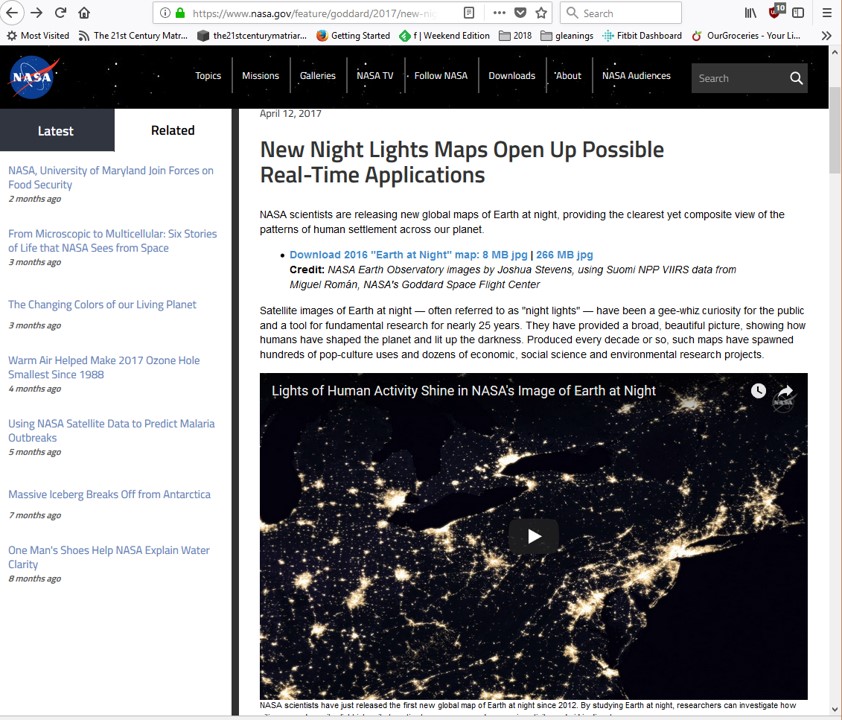Gleanings of the Week Ending July 16, 2022
/The items below were ‘the cream’ of the articles and websites I found this past week. Click on the light green text to look at the article.
Tallgrass Prairie National Preserve: A windo into the past – A prompt for an early fall road trip? It is about 4 hours from where we live now.
Psoriasis: Study lays foundation for new treatment strategy – Hope more targeted treatment can be developed….avoiding the drugs used currently that suppress the immune system overall.
Winners of the 2022 Audubon Photography Awards Celebrate the Beauty of Our Feathered Friends – Images of birds in action.
The silent danger of gum disease – More reasons to sustain regular dental checkups….and for dentists to be vigilant.
The Milkweed Gang – Milkweed attracts quite a few insects…even if it is an island surrounded by invasive plants!
New species of giant waterlily is the largest in the world – It has been growing in Kew Gardens in 177 years and in a herbarium in Bolivia for 34 years….always assumed to be the well-known species of giant waterlily named after Queen Victoria. The leaves can grow up to 10 feet wide…and support at least 176 pounds!
Toads surprise scientists by climbing trees in UK woodlands – Even when we think we know a species well…there are still surprises!
This New Species of Carnivorous Pitcher Plant Traps Its Prey Underground – In the rainforest of Borneo at elevations of 3,600 – 4,265 feet.
Ozone Hole — New, Large, Constant Ozone Hole — Appears Over Tropics – 7x larger than then Antarctic ozone hole!
Unlocking the secrets of the ancient coastal Maya – More than a decade of interdisciplinary work increasing the understanding of how these people lived and responded to rising sea levels and changing political/economic systems. And still more to be learned.



























